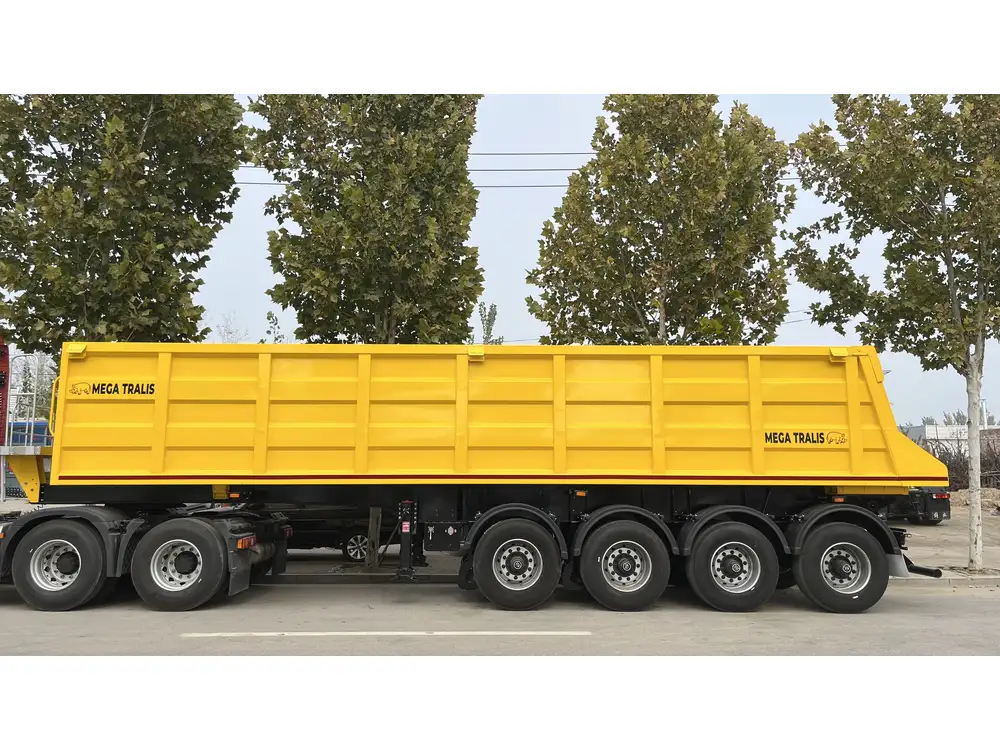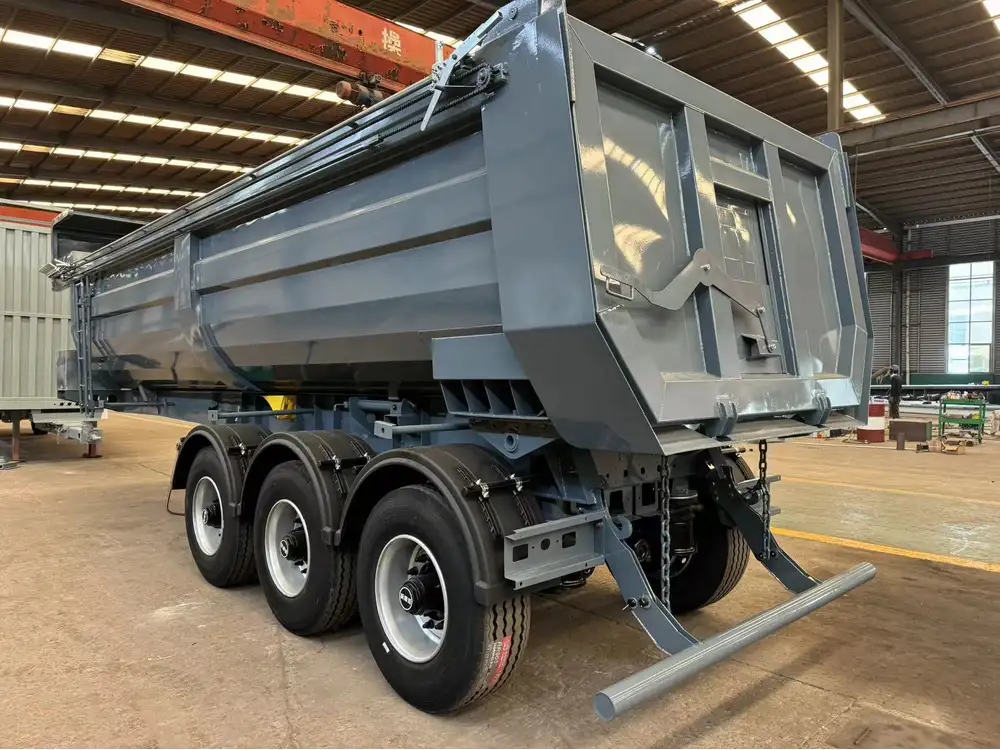Introduction to Flatbed Trailers
In the realm of transportation and logistics, flatbed trailers represent a vital component of moving goods efficiently. Utilized predominantly in the freight industry, these open trailers embody versatility, robustness, and ease of loading and unloading. Their unique design, which consists of a flat, open platform, allows for the transportation of oversized or irregularly shaped cargo that would be challenging for enclosed trailers. This article delves deep into the nuances of flatbed trailers, their attributes, types, advantages, and their Spanish equivalent—a factor crucial for those involved in bilingual logistics.
What is a Flatbed Trailer?
A flatbed trailer is a type of semi-trailer that features a flat, level bed with no walls or roof. This design facilitates the loading and secure transportation of diverse cargo types, such as machinery, equipment, and building materials. A flatbed trailer’s open design permits easy access from all sides, making it an excellent option for loading bulky items using cranes or forklifts.

Key Characteristics of Flatbed Trailers
1. Design and Structure
- Flat Deck: The flat deck design, typically made from steel or aluminum, is essential for providing a sturdy platform.
- Weight Distribution: Flatbed trailers are engineered to distribute weight evenly, minimizing stress on the vehicle and enhancing safety.
- Versatility: These trailers can accommodate various load sizes and shapes, ranging from lumber and heavy machinery to pipes and vehicles.
2. Safety Features
- Securing Loads: Flatbed trailers are equipped with stake pockets and tie-down points, ensuring that cargo remains secure during transit.
- Low Loading Height: The low profile design allows for easier loading, especially for heavy equipment.

3. Types of Flatbed Trailers
- Standard Flatbed Trailers: The most common type, ideal for general freight.
- Step Deck Trailers: Also known as drop deck trailers, these feature a lower deck, which offers a lower height for transporting taller cargo.
- Double Drop Trailers: These trailers have two drops, allowing for even taller loads and heavy equipment.
- Extendable Flatbed Trailers: Capable of extending their length, these trailers are used for oversized loads, such as long pipes or beams.
Advantages of Using Flatbed Trailers
1. Flexibility in Cargo Transport
Flatbed trailers excel in transporting a wide range of materials, making them a go-to solution across various industries. Whether it’s construction materials, agricultural equipment, or oversized machinery, flatbed trailers can handle it all.

2. Ease of Loading and Unloading
The open design of flatbed trailers enables straightforward access to cargo from multiple angles. This is especially beneficial when dealing with large items that require cranes or specialized equipment for loading.
3. Reduced Transport Costs
By accommodating larger and heavier loads, flatbed trailers reduce the number of trips necessary, ultimately leading to cost savings on fuel and labor.
Determining the Right Flatbed Trailer for Your Needs
When selecting a flatbed trailer, a variety of factors come into play. Here’s a concise checklist to help streamline the decision-making process:
| Factors | Description |
|---|---|
| Type of Cargo | Consider the nature of goods you’ll be transporting. |
| Weight Capacity | Ensure the trailer can handle the maximum load weight without compromising safety. |
| Loading Method | Factor in how you’ll be loading and unloading the cargo (e.g., forklift, crane). |
| Regulatory Compliance | Make sure the trailer meets local transport regulations and legal load limits. |
| Budget | Evaluate your budget against the expected return on investment from the trailer’s use. |

The Spanish Equivalent of Flatbed Trailer
For those engaged in cross-border logistics or operating in bilingual environments, understanding the terminology in another language is crucial. The term “flatbed trailer” translates to “remolque de plataforma plana” in Spanish. This translation not only facilitates better communication but also ensures precise specifications when dealing with Spanish-speaking clients or partners.
Importance of Multilingual Capabilities in the Transportation Sector
In a globalized economy, the transportation and logistics sectors are increasingly engaging with diverse languages and cultures. Understanding translations and local terms can enhance collaboration and reduce miscommunication. Here are some strategies to consider:
1. Building Relationships
Establishing solid relationships with Spanish-speaking suppliers, customers, or partners can significantly improve service quality and client satisfaction.

2. Effective Documentation
Properly labeling and describing cargo in both English and Spanish can prevent misunderstandings that may lead to delays or errors.
3. Staff Training
Training staff in basic Spanish terminology related to logistics and transportation can ensure smoother operations and communications.
Conclusion
Flatbed trailers stand as a cornerstone in the transportation industry, allowing for the efficient movement of diverse cargo types. Their robust design, coupled with the flexibility of loading, makes them an invaluable asset for manufacturers, logistics providers, and freight companies alike. Additionally, knowing the Spanish term “remolque de plataforma plana” enhances communication in multilingual environments, ensuring that all parties involved can navigate the complexities of cargo transport effectively.
In light of the growing globalization of trade, understanding both the mechanics of flatbed trailers and the linguistic nuances surrounding their use will not only streamline operations but also create a competitive advantage in the increasingly interconnected logistics landscape. As we move forward, embracing these elements will be crucial in optimizing our logistics process and enhancing customer satisfaction in every interaction.



